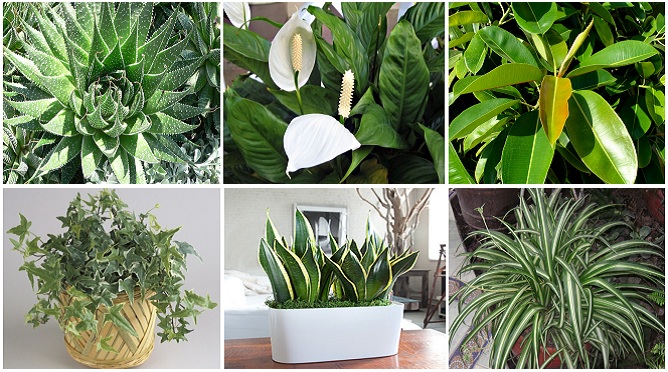Most house plants can act as natural air cleaners, and while all plants will clean the air, some are more efficient at others. They can even filter out various toxins and pollutants from the air, so that you breathe only fresh air at home, reducing the risk of different diseases.
NASA has done a lot of research on this topic to find out which plants are the best at cleaning air in space stations. Their research showed that some plants could even remove toxic chemicals such as formaldehyde, trichloroethylene, benzene, xylene, and ammonia. These chemicals are notorious for causing various harmful diseases along with eye irritation and severe headaches.
The following list shows the plants which NASA’s research has chosen as the best natural air filters. NASA suggests having a plant every 100 square feet of your home for best results. Having one of these plants is the best, but if you can, try to get an air filter subscription to ensure you’ll have cleaner air at home anytime.
1. Ficus (Ficus elastica)
This is an excellent plant which thrives even in low light conditions and is easy to maintain as a result. It can clean air easily, and get rid of harmful chemicals like formaldehyde. However, remember that its leaves can be poisonous, so keep it away from the reach of pets or kids.
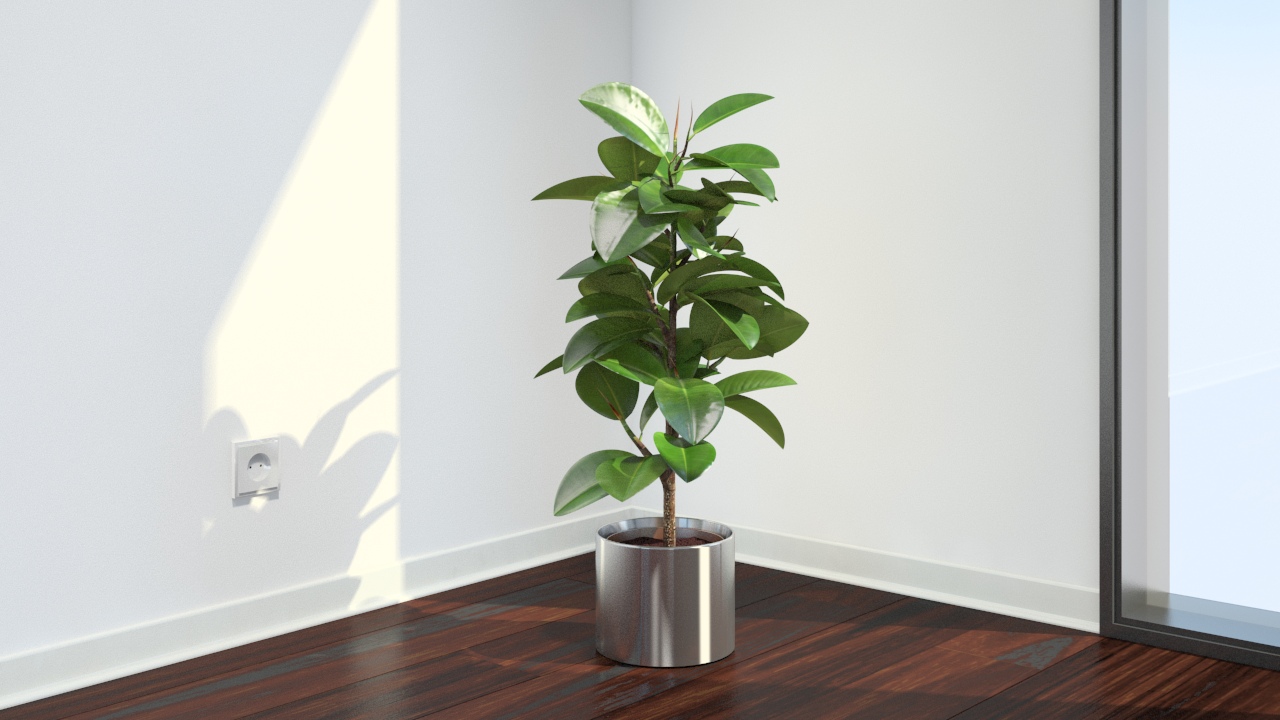
2. English Ivy (Hedera helix)
English Ivy, also known as Hedera helix, is quite popular since it is very effective at removing toxins from the air such as formaldehyde, benzene, toluene, and xylene. It works very fast too; it can eliminate more than 60% of the toxins within just 6 hours in a room.
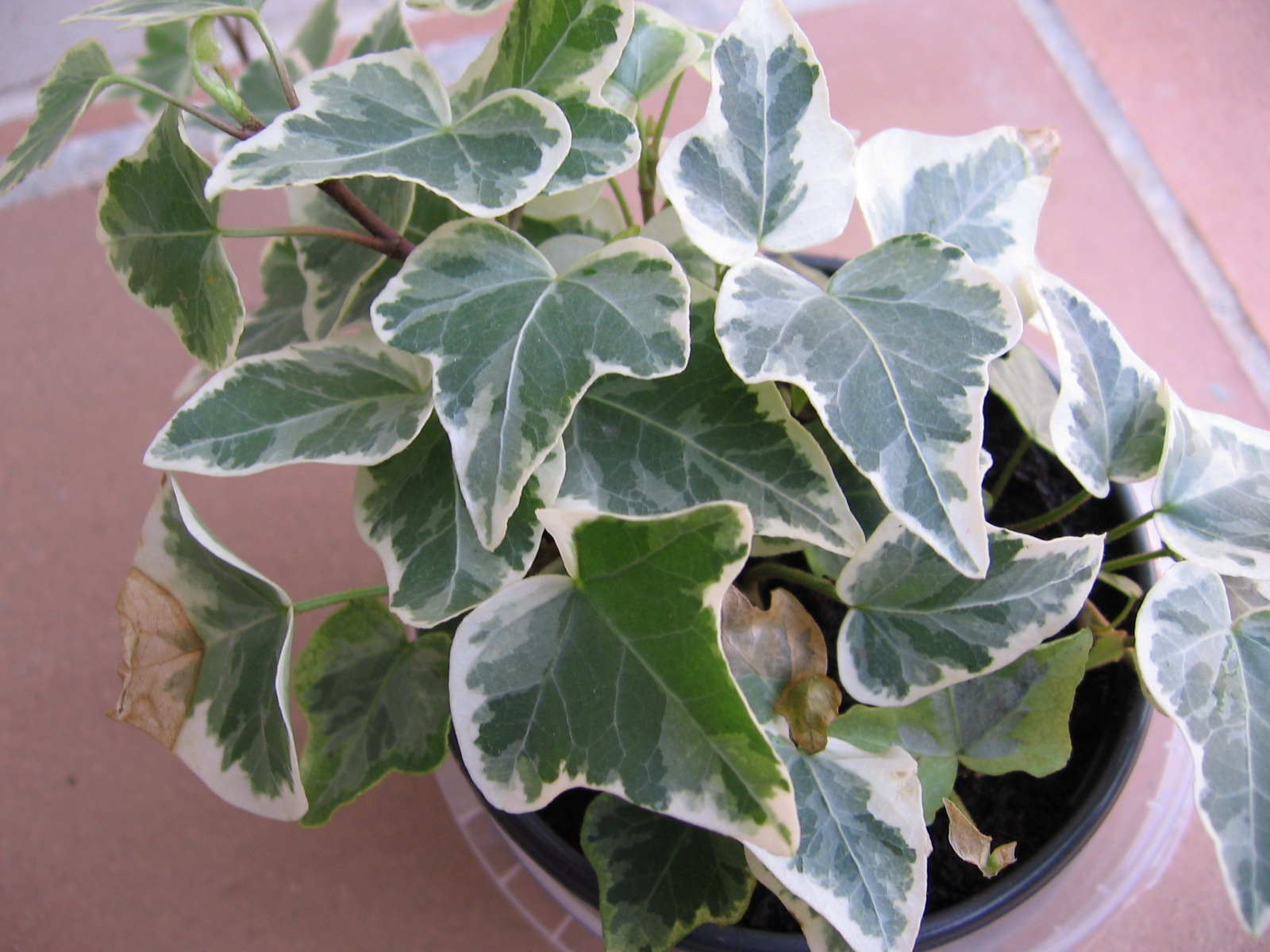 [adinserter block=”16″]
[adinserter block=”16″]
3. Snake plant (Sansevieria trifasciata)
Sansevieria trifasciata, better known as snake plant, is very effective at getting rid of pollutants from the air. NASA claims that it can absorb deadly toxins such as nitrogen oxide, formaldehyde, xylene, benzene, and trichloroethylene. It can easily survive in tough conditions and requires the minimal amount of sunlight. It also produces oxygen at night, so keeping it in your bedroom might be a good idea.
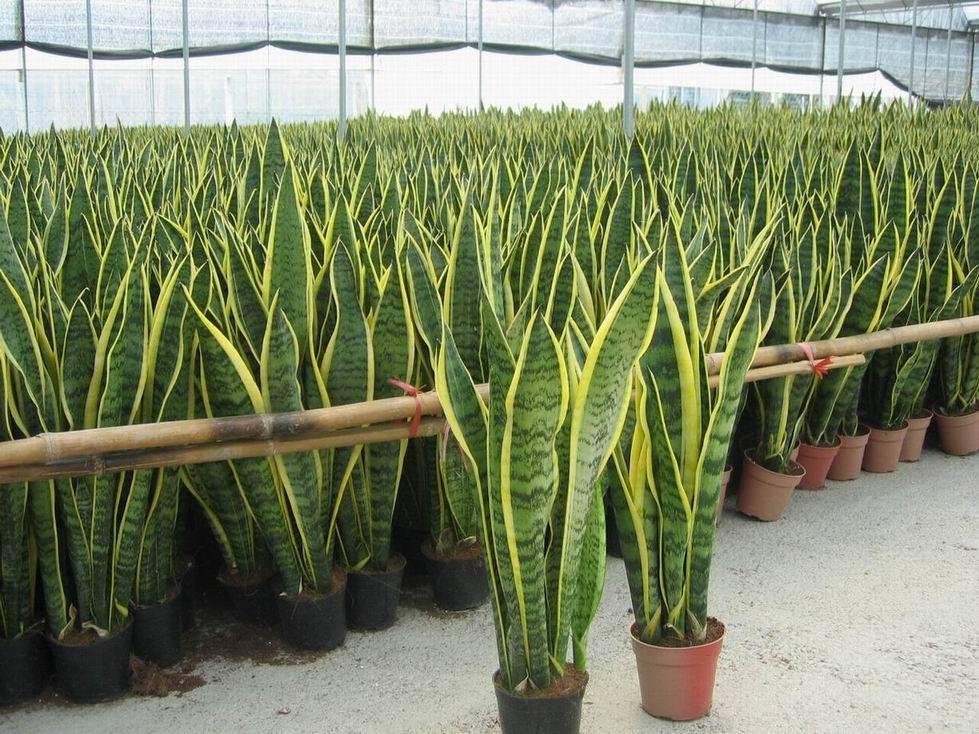
4. Spider plant (Chlorophytum comosum)
Spider plant can stay healthy even in low light and is excellent at absorbing toxic chemicals such as carbon monoxide, styrene, and formaldehyde. A single spider plant is sufficient for 200 square feet of space.
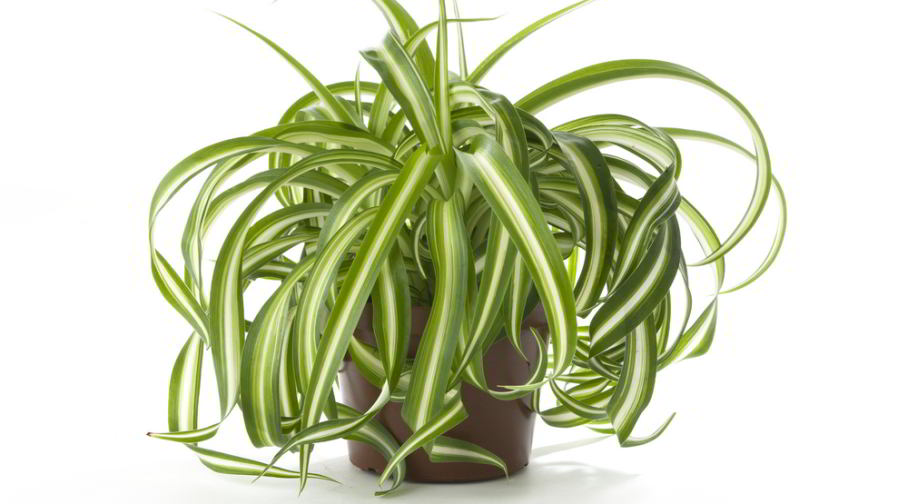 [adinserter block=”16″]
[adinserter block=”16″]
5. Peace Lily (Spathiphyllum)
Peace Lily is great at getting rid of harmful chemicals from the air. Chemicals like toluene, xylene, benzene, and ammonia are easily filtered out. However, it is slightly toxic, especially if any part of it is consumed. You will probably feel nauseous after consumption, and might also have problems in swallowing. A burning sensation is also common in the skin and mouth. It is advised to consult a doctor as soon as possible if you are having any of these symptoms while staying in proximity to the plant. 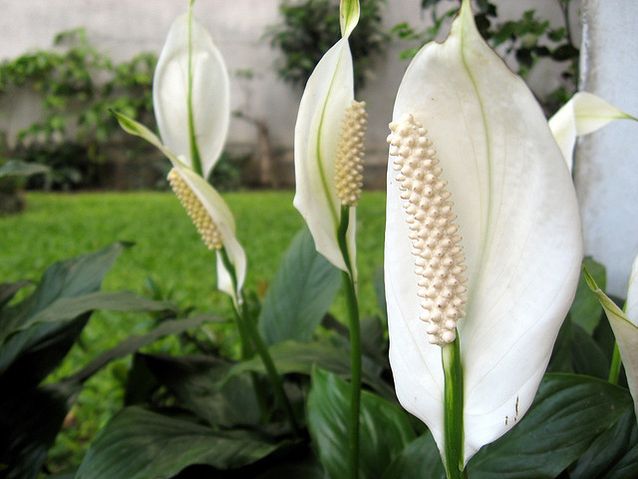 NASA’s advice is to keep around 15 to 17 plants in a room spanning 500 square feet. Probably 3 to 4 plants will be sufficient if you plan to keep your room free from toxins. Also, keep one of the plants in your bedroom so that you can enjoy a peaceful sleep without inhaling any toxic chemicals.
NASA’s advice is to keep around 15 to 17 plants in a room spanning 500 square feet. Probably 3 to 4 plants will be sufficient if you plan to keep your room free from toxins. Also, keep one of the plants in your bedroom so that you can enjoy a peaceful sleep without inhaling any toxic chemicals.

